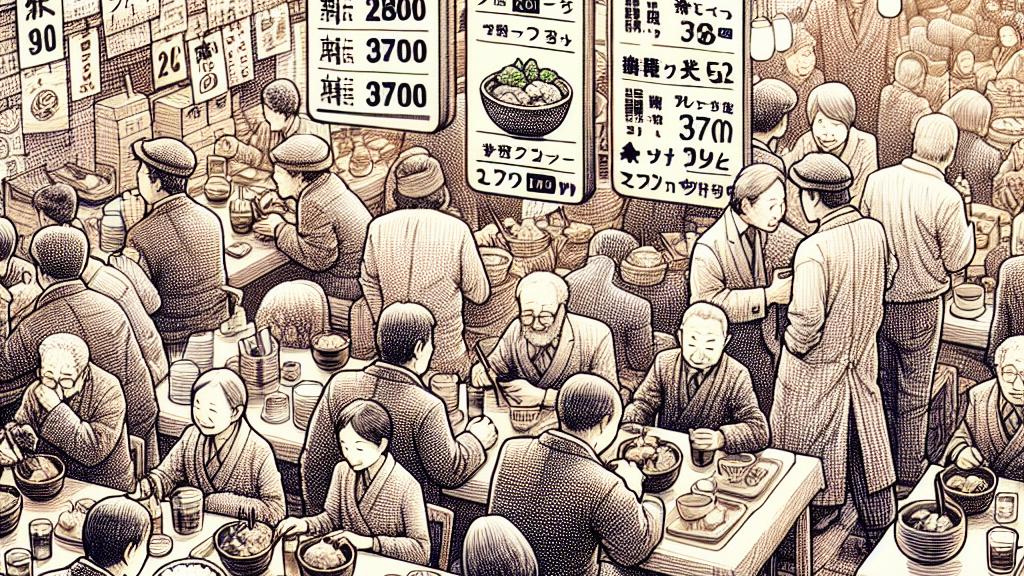The Surprising Trend of Gen Z Avoiding Torikizoku
Overview
- Gen Z perceives Torikizoku as overpriced compared to affordable alternatives.
- Chains like Saizeriya and Hidakaya have become crowd favorites for their budget-friendly dining.
- Recent price hikes challenge traditional notions of value in the restaurant scene.

Torikizoku's Shift in Perception
In the dynamic landscape of Japan's dining culture, a surprising trend has emerged: Torikizoku, once revered as the go-to spot for affordable izakaya fare, is now seen as too pricey by the new generation. Take Shoma, for instance—a real university student who recently shocked many when he exclaimed that he and his peers find Torikizoku's prices exorbitant. The current uniform price of 370 yen per dish, a change that took effect in May 2024, has left many older patrons scratching their heads, reminiscing about the days when the price was just 280 yen. This contrast between past and present highlights a significant generational shift, revealing how dining expectations have evolved. While older diners appreciated the simplicity of uniform pricing, Gen Z is on the hunt for better value, exemplifying a fundamental change in how meals are perceived and budgeted.
Comparing Dining Options
So, what are these perceptive young diners choosing instead? When asked, Shoma enthusiastically identified two powerhouse alternatives: Saizeriya and Hidakaya! These chains have quickly secured a loyal following with their appetizing dishes served at shockingly low price points. Imagine waltzing into Saizeriya and enjoying a delightful pasta for under 1,500 yen—that's a delicious bargain! Similarly, Hidakaya offers a menu bursting with hearty options, such as savory ramen or comforting rice bowls, all designed to satisfy hunger while keeping costs down. This preference for value goes beyond mere cost; it encompasses a longing for enjoyable experiences and delectable flavors in every meal. The sharp contrast between these affordable dining options and the rising expenses at Torikizoku paints a vivid picture of how today's diners prioritize both quality and wallet-friendliness in their dining decisions.
Implications of Price Increases
Moreover, the notable price increases at Torikizoku raise important questions about how consumers perceive value in dining. Transitioning from a comfortable 280 yen to a steep 370 yen has initiated a wave of skepticism among patrons, pushing them to evaluate whether the offerings still align with their expectations. Surprisingly, even with the consistent quality of the dishes, many patrons are merely defining their experiences by price. This predicament places Torikizoku at a crossroads: to reclaim its foothold among younger customers, it needs to reimagine its marketing strategy. Highlighting signature dishes, launching some enticing promotions, or even showcasing customer favorites could be key to reinforcing the brand's value. Ultimately, in a market bursting with choice, adapting to the tastes and preferences of Gen Z will be essential for Torikizoku’s ongoing appeal and survival in the competitive dining arena.

Loading...